Search results for sensors
People
Not Found
Tweets including sensors
Sensors play essential roles in the modern production environment, capturing data on position, speed, proximity, pressure, temperature, level, flow, current, voltage, and more. Find out how to pick the best one for your application! https://t.co/XqG0Zhhps3
Show more


0
0
0
1
1
Medical sensors are transforming patient care. Real-time monitoring, early disease detection, & remote care are now possible. Discover how these devices are revolutionizing healthcare. Read more. https://t.co/U30yLRb3cg
Show more


0
0
2
7
3
Cold War nuclear sensors may now protect Earth by tracking space debris with infrasound technology.
https://t.co/ZZWoGzaLhl


0
0
0
5
3
Testing the trunk lid sensors of different cars https://t.co/elYqX0sX2Y

0
0
33
541
23
China deploys robot dog with radiation sensors at cargo ports to automate inspections and reduce human risk.
https://t.co/cW6R0OyzHz


0
0
0
2
1
Build a rain and water level #sensors# with simple #electronics# #electronica# for your #IoT# #internetofthings# for #smarttech# #smarthome# #smarthouse# for use with #esp32cam# #esp32# #esp8266# @ESP8266 @ESP8266COM @esp32com @ESP32net @EspressifSystem #tutorial# at https://t.co/O3L3D4vu5N https://t.co/9dML5XmzB1
Show more

0
0
1
10
6
AutomationDirect has added Wenglor OPT25 series laser measurement sensors that offer best-in-class distance sensing for ranges within 1 meter. Learn more now! https://t.co/kLq9OKfqac


0
0
0
2
2
Iridium (@IridiumComm) Enables Global Connectivity for Heimdall Power Grid Sensors - #smartgrids# #iot# #internetofthings# #satelliteIoT# #iotnews# #IoTBusinessNews# https://t.co/nqmNHOyBj3 via @iotbusinessnews
Show more


0
0
0
0
1
My conveyor belt controller (ESP32 + touchscreen + motor drivers + sensors + CAN bus) PCBs are here. Let's assemble the first one on the @SuperHouseTV livestream and see if it works: https://t.co/OsrphNsuSY https://t.co/B5dnh7jJGM
Show more

0
0
1
22
4
It can carry various payloads, including cameras and sensors for reconnaissance. https://t.co/U5i1f1loHT https://t.co/qYnu1lXcL2
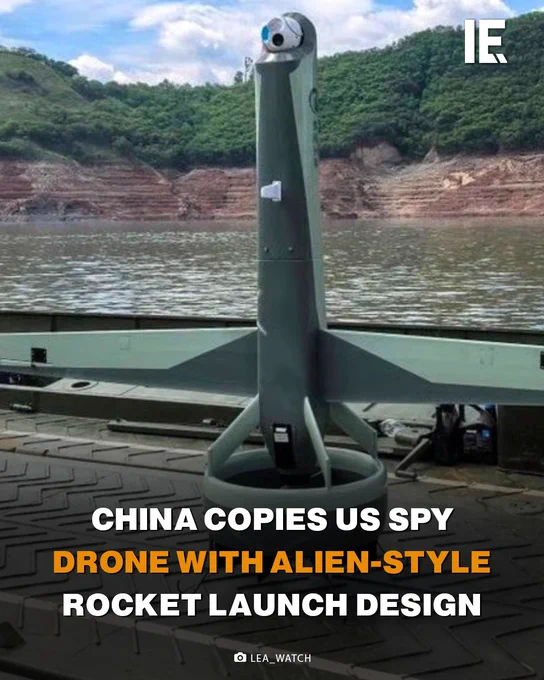
0
0
0
0
0
Researchers build next-gen swarm robots that move and cooperate without code or sensors
https://t.co/PZHKDRuwka


0
0
0
0
0
Check out this issue of Automation Notebook with a feature on NodeRed, sensors, safety and much more! https://t.co/Yuqt4v3vyl


0
0
2
6
2
In earthquake-prone Japan engineers are testing homes that briefly lift off the ground when tremors hit. Developed by Air Danshin Systems the tech uses sensors and air compressors to create a cushion of air under the house reducing quake damage. After the shaking stops the house gently settles back into place.
For more content like this, please visit: https://t.co/ZNiJIeEeuw
#EarthquakeTech# #JapanInnovation# #FloatingHouse# #EngineeringMarvel#
Show more
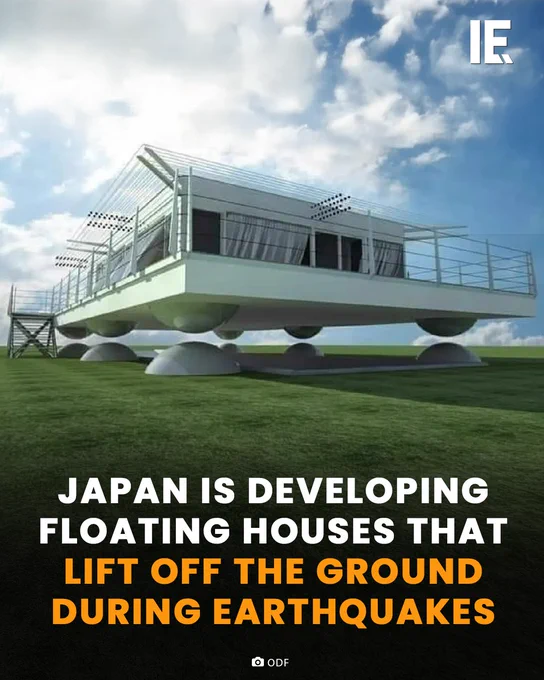
0
0
1
2
0
AutomationDirect has added Autonics BTF, BTS, and BPS series miniature photoelectric sensors featuring ultra-compact slim or narrow housings that are easy to install in tight spaces. Learn more now! https://t.co/FjEkEtx6QI
Show more


0
0
0
4
3
#Reforestation# reduces atmospheric carbon, helping mitigate #climatechange#; but measuring the benefits is complex.
Karbon-X has developed a solution for this, using remote sensors to monitor key metrics, transmitted over #satelliteIoT#.
How it works: https://t.co/s7OLrtcq2k
Show more


0
0
0
0
0
@ShawnHymel @ZephyrIoT @WokwiMakes I find qemu harder to use. Renode is somewhat better but Wokwi is by far simpler.
Wokwi does simulate many sensors and actually allows for implementing your own custom chips (though for this project I would stick with preexisting components).
Show more
0
0
0
2
1
Scientists at the University of Bristol and the UK Atomic Energy Authority have created a diamond battery powered by carbon 14, taken from nuclear reactor graphite waste. The battery produces a steady stream of energy for up to 5,700 years and could be used in medical implants, space exploration, and remote sensors. This innovation offers long lasting power and a new way to repurpose radioactive waste.
For more content like this, please visit: https://t.co/rNCZHa0Sv6
#DiamondBattery# #NuclearEnergy# #CleanTech# #UKScience# #FuturePower#
Show more

0
0
0
1
1
L-2 days
Today was a busy day.
I woke up at 2 PM and departed from our quarantine facility at 3:30 PM in a convoy of three Teslas. With NASA security police escort leading the way, we didn’t have to stop for traffic lights.
We had breakfast at HangarX before heading to the pad. Arriving at the suit-up room near Pad 39A, we received our satchels containing some necessary medicines, along with a flight iPhone, iPad, Apple Watch, and AirPods Pro. SpaceX had 3D-printed a tether to connect the two earbuds so they wouldn’t get lost in microgravity. I spent some time loading apps, including X, YouTube, and an offline version of OpenStreetMap, to which I had made many contributions in its early years. I also downloaded apps that use iPhone and iPad sensors to monitor cabin pressure—as an independent redundancy in the unlikely event of cabin depressurization.
After that, we had a quick weather briefing, suited up, and jumped into the Teslas for the ride to the pad. Unlike all previous Dragon missions, we’ll launch from the East Coast and splashdown the West Coast. This means we’re actually traveling from one place to another. We’d pack our clothes, personal phones and watches into a bag, which SpaceX staff will transport to Hawthorne, and upon our splashdown, hand over to us on the recovery ship.
Ingress, buckling in, seat rotation, comms check, and suit leak check — everything went smoothly. By the time the dry dress rehearsal completed, it was already dark and raining. The walkway from the crew access arm to the tower isn’t fully protected from rain. When the side hatch reopened, the SpaceX ninja team met us with umbrellas and rain jackets, which we wore over our spacesuits to keep our “dry dress” from turning into a “wet dress.”
We returned to the suit-up room for a short debrief, had “lunch,” and then headed back to the quarantine facility at 11 PM. The rest of the night was filled with a few more meetings to review some final details. The flight software on Dragon had been frozen, and there were some newly discovered bugs we needed to be aware of. I also had a call with our psychotherapist, Rebecca, who has been working with us since the very beginning of training.
At 2:30 AM, Ben, Space Operations Physician at SpaceX, and I went out for a 2-mile run. Jaime, Ben and I have been running every night during quarantine, and sometimes I feel like they have become my bodyguards in Merritt Island’s darkness.
Tomorrow, there’s a scheduled Starlink launch at nearby SLC-40. I’m hoping it goes well and that I might watch it from a distance at our quarantine facility.
Show more

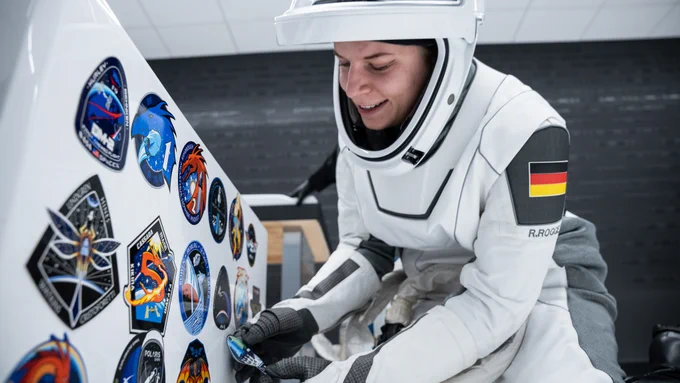

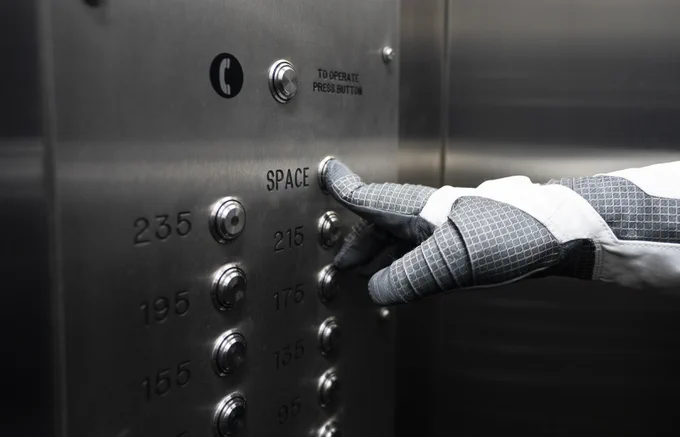
0
0
81
1.5K
162
First @Arm
Then @Siemens
Now @Zeekr_Europe
If you haven't heard of @Minima_Global, now is the time to do your homework.
Minima is a Layer 1 blockchain that can embed and run a full node on edge devices.
It's designed to run on any device, from smartphones to IoT sensors, enabling true decentralisation at the edge.
The most exciting part? The Minima Chip. It's designed to bring blockchain capabilities into hardware (ARM).
Over the last months, they've partnered with giants across the semiconductor, industrial tech, and electric vehicle industries.
It's one of a few L1s with big Web2 partners that is truly building for the future.
Show more
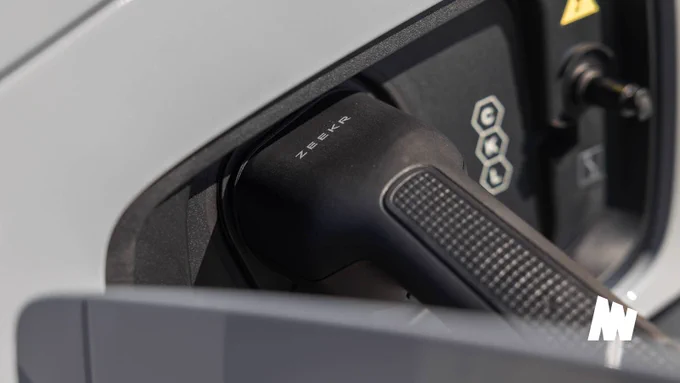
0
0
4
53
16
Watch the webinar on our website
https://t.co/ODTpTaEsYs
Length: 33 minutes
Discover how to choose the ideal satellite IoT network for your remote application. With a growing number of satellite constellations and services available, navigating this rapidly evolving landscape can be overwhelming.
This session will demystify your options, covering essential questions like:
- How data-intensive your application is
- Where your sensors are located
- Whether your application is mobile or stationary
- How time-critical your data is
Ground Control’s experts will share insights from over 20 years of experience, helping you save time and money while maximizing the performance of your IoT deployment. We’ll explore:
- The advantages of proprietary versus standards-based modems
- The trade-offs between IP and message-based transmissions
- The key differences between LEO and GEO satellite networks.
You’ll also gain clarity on emerging technologies like NTN NB-IoT and learn when to prioritize efficiency, speed, or cost for your specific needs. Don’t miss this opportunity to simplify satellite IoT decision-making and future-proof your connectivity strategy.
Speakers:
Alastair MacLeod, CEO at Ground Control
Oliver Potter, COO at Ground Control
Watch the webinar https://t.co/ODTpTaEsYs
Show more
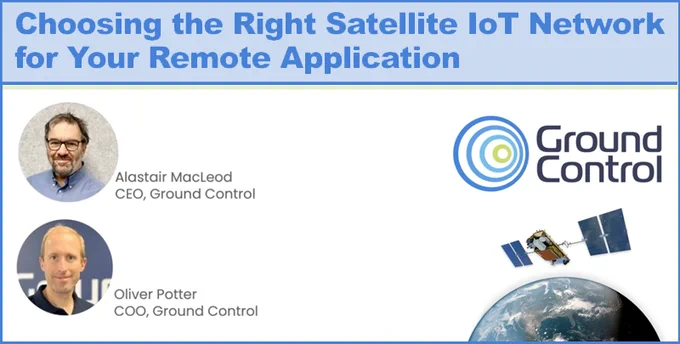
0
0
0
0
0











